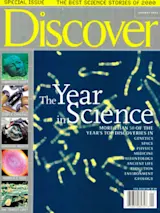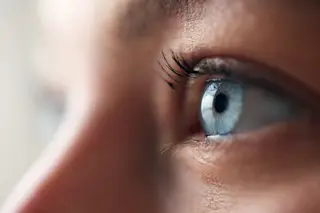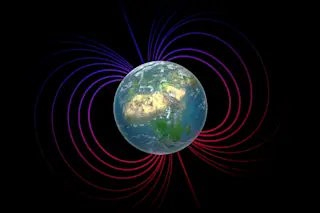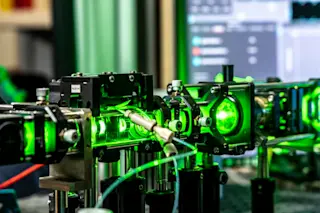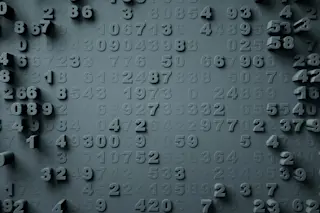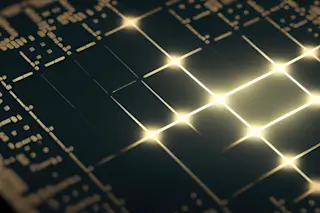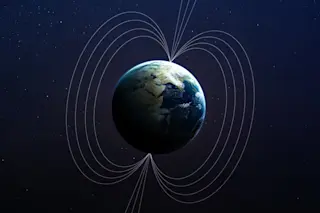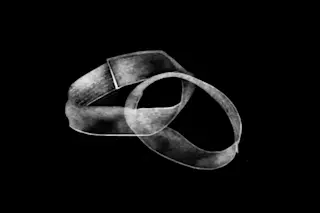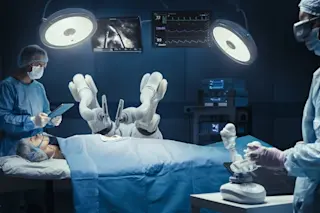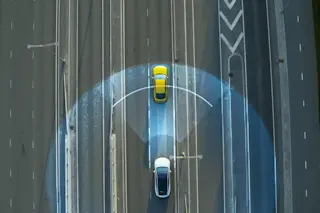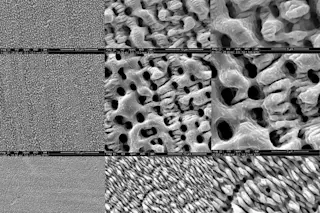by Fenella Saunders
Inspired by a visit with Thomas Edison, American inventor Oberlin Smith wrote a description of a magnetic recording device in 1878, but he never commercialized the device. That honor fell to Danish telephone engineer Valdemar Poulsen. In 1898 he patented the commercial "telegraphone," which recorded sound by magnetizing thin steel wire or tape. Variations on this wire recorder were still in use 50 years later. Several people conceived of replacing the steel tape with a strip of paper or plastic coated with iron particles, but German inventor Fritz Pfleumer made it work. AEG, a German manufacturer, bought his 1928 patent and built the "magnetophon," while its corporate partner, BASF, developed the magnetic tape it used. First successfully demonstrated in 1935, the technology was captured and copied by the Allies after World War II. Philips introduced the inexpensive compact cassette tape in 1963. "It caught on in an ...


